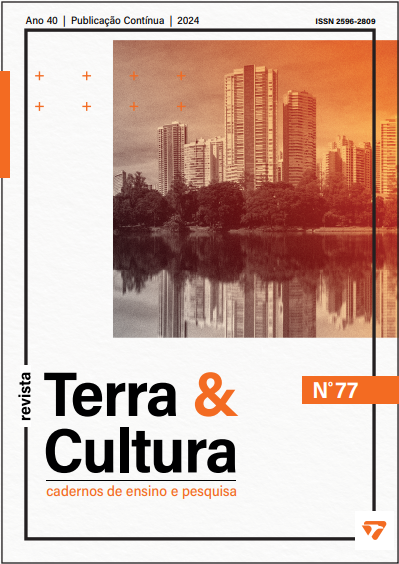Linha da vida: aplicação na clínica psicanalítica de casal e família
Resumo
Este artigo examina o uso da “Linha da Vida” como recurso artístico-expressivo durante as entrevistas iniciais na clínica psicanalítica de casal e família, com foco em explorar as complexidades das relações e os conteúdos inconscientes que emergem nesse primeiro momento do tratamento. As entrevistas iniciais, estruturadas para captar a dinâmica familiar e as demandas individuais e coletivas, visam construir uma compreensão preliminar dos vínculos e estabelecer as condições para o processo terapêutico efetivamente. Nesse sentido, o presente trabalho, ancorado na experiência prática de um projeto de extensão universitária, apresenta uma vinheta clínica que demonstra como a Linha da Vida permite representar eventos significativos na trajetória de cada familiar, destacando percepções distintas sobre vivências comuns e evidenciando conflitos e alianças familiares. Nota-se que tal técnica se mostra eficaz para favorecer a expressão de afetos e memórias, possibilitando ao terapeuta observar o funcionamento psíquico grupal com maior profundidade. A Linha da Vida, portanto, facilita a construção de narrativas compartilhadas, criando um espaço para associações livres que revelam nuances das relações familiares. Desse modo, conclui-se que o uso da Linha da Vida pode enriquecer o trabalho psicanalítico, ampliando a compreensão dos vínculos e promovendo um ambiente propício à construção de sentidos coletivos e ao aprofundamento da técnica no atendimento com casais e famílias.











